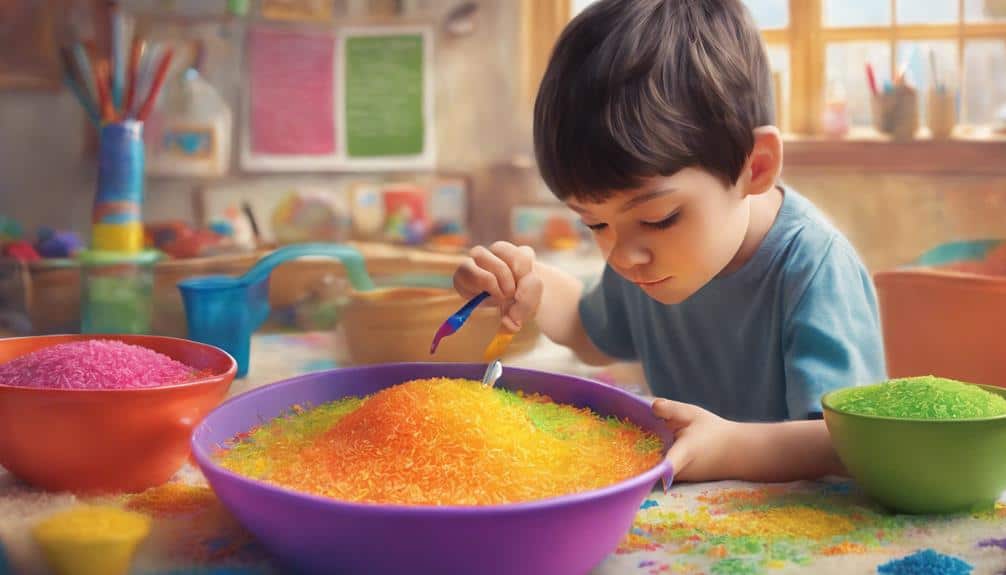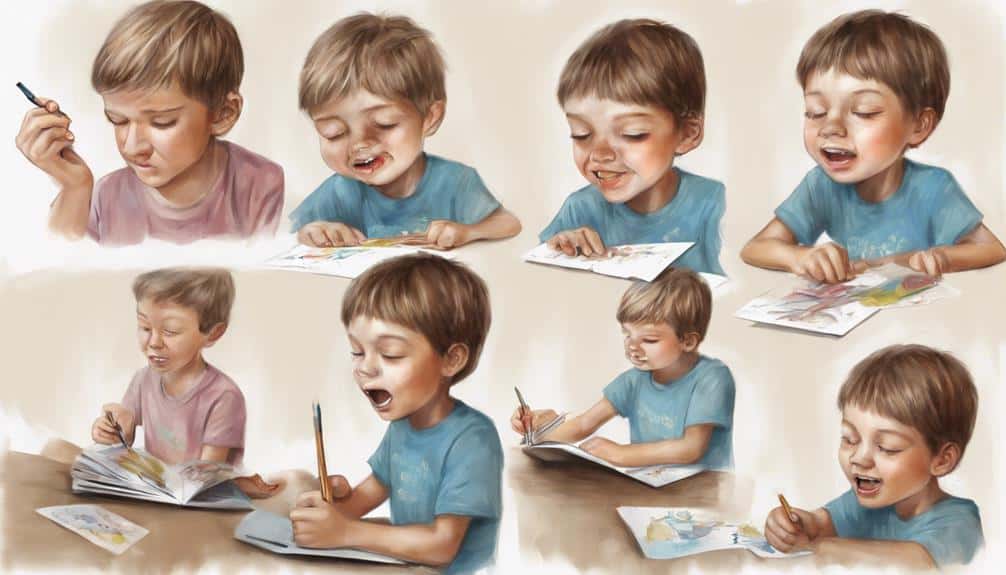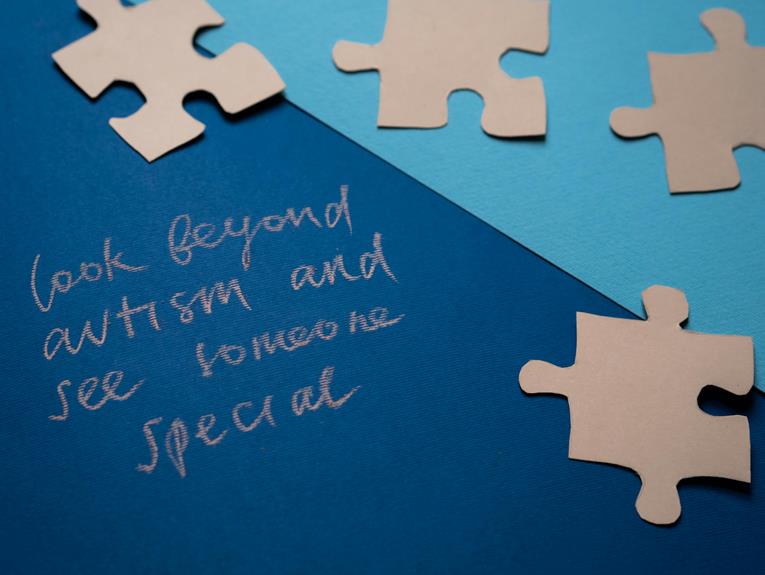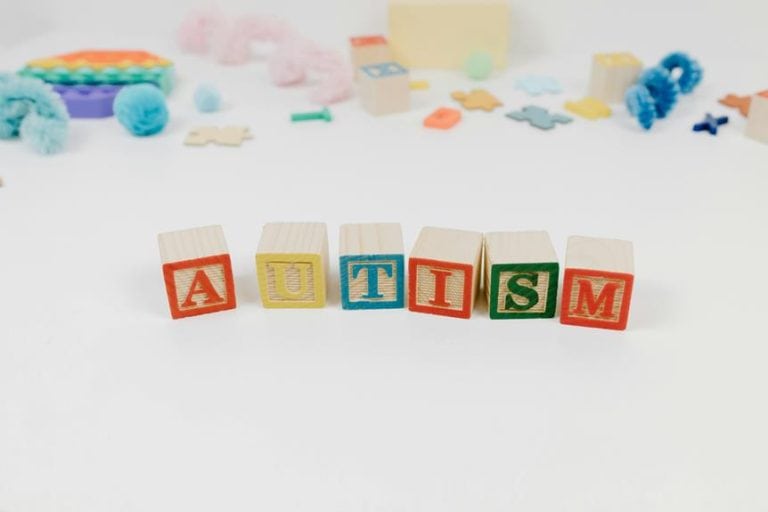Occupational Therapy Activities for Autism
Reflecting on the intricate tapestry of occupational therapy activities designed for individuals with autism, I often find myself marveling at the transformative power these interventions hold in enhancing the lives of those they touch.
From sensory-rich explorations to purposeful motor skill development, each activity is meticulously crafted to cater to the unique needs of autistic individuals.
As we venture further into the world where creativity meets therapeutic efficacy, we uncover a world where creativity meets therapeutic efficacy, offering a glimpse into the profound impact these interventions can have on fostering growth and independence in individuals traversing the autism spectrum.
Key Takeaways
- Enhances sensory experiences and developmental skills tailored to individual needs.
- Boosts motor skills development and sensory integration for improved overall development.
- Supports emotional regulation and social skills enhancement in children with autism.
- Promotes independence, self-care abilities, and cognitive skills through play-based therapy.
Sensory Bin Activity

Engaging in sensory bin activities can profoundly enrich the sensory experiences and developmental skills of children with autism. As an occupational therapist, I understand the importance of creating sensory bin activities tailored to each child's specific needs and preferences. These activities play an important role in enhancing fine motor skills while also providing a safe space for exploration.
When working with children with autism, it's essential to take into account their sensory preferences and create a stimulating yet comfortable environment. By incorporating materials that cater to their individual needs, such as soft fabrics for tactile stimulation or visually appealing objects for visual perception, we can make the experience more enjoyable and beneficial.
Through sensory bin activities, children with autism can improve their fine motor skills by engaging in activities that involve scooping, pouring, and sorting various materials. These hands-on experiences not only promote sensory exploration but also support language development and cognitive skills in a fun and interactive way. By carefully selecting materials and structuring the activity, we can create a therapeutic environment that nurtures growth and development in children with autism.
Swing Target Practice

Utilizing sensory swings in swing target practice sessions can greatly benefit children with autism by enhancing body awareness, coordination, and muscle strength. The combination of movement and target practice creates a dynamic environment that supports the development of essential skills.
Here are some emotional triggers for you thus:
- Witnessing the joy on a child's face as they successfully hit a target, boosting their self-confidence.
- Seeing a child improve their visual perception and motor skills through engaging in swing target practice.
- Observing the sense of accomplishment a child feels when they meet their goals during the session.
- Feeling the excitement and enthusiasm that fills the therapy room during these interactive sessions.
- Noticing the progress and growth in a child's abilities over time, reinforcing the importance of consistent therapy.
Incorporating swing target practice into occupational therapy sessions provides a fun and effective way to address sensory processing issues and promote overall development in children with autism.
Video Clips for Social Skills

I've found that incorporating role-playing through video clips can be a great way to help children with autism improve their social skills.
By modeling effective interactions and showcasing different scenarios, these videos can offer valuable insights into social cues and communication.
Using favorite characters or familiar settings can make the learning experience engaging and relatable for children.
Role-Playing for Social Skills
One effective way to help children with autism improve their social skills is through role-playing with video clips, allowing them to practice perspective-taking and understanding emotions in a fun and interactive manner. Engaging with favorite cartoon characters in role-play activities enhances children's ability to recognize and manage feelings and thoughts. Video clips provide visual cues and examples for children to learn social skills in a motivating and interactive way. Role-playing with video clips can be a fun and effective method to improve social interaction and communication skills in children with autism. Utilizing video clips for role-playing activities can be a valuable tool for enhancing social understanding and promoting social engagement in children with autism.
- Role-playing with video clips fosters empathy and emotional intelligence.
- Video clips create a safe space for social skill practice.
- Role-playing enhances creativity and imagination in children.
- Video clips aid in improving non-verbal communication skills.
- Role-playing activities with video clips promote social connection and friendship building.
Modeling Interactions Effectively
Engaging with video clips featuring social interactions can provide valuable modeling for children with autism to enhance their social skills and understanding of emotions. These videos address perspective-taking and explore various feelings, helping children with autism grasp the complexities of social interactions.
By incorporating favorite cartoon characters or utilizing resources like YouTube, therapy sessions become more enjoyable and engaging for children with autism. The visual representation of social interactions in video clips aids in improving social communication skills, allowing children with autism to observe and learn from these interactions effectively.
Introducing video clips into therapy sessions offers a practical way for children with autism to develop and practice their social skills in a supportive and structured environment.
Play Dough Creation

Creating play dough can be a delightful and beneficial activity for children with autism, fostering skill development and sensory exploration in a fun and engaging way. When engaging in play dough creation, children with autism can benefit in various ways:
- Exploring Different Textures: Encouraging sensory inputs by feeling the various tactile textures of the ingredients.
- Improving Fine Motor Skills: Practicing shaping and manipulating the play dough helps in developing fine motor skills.
- Managing Sensory Processing Difficulties: Engaging with the different sensory inputs can aid in sensory integration.
- Building Frustration Tolerance: Learning to follow directions and work through challenges can enhance frustration tolerance.
- Enjoying Visual Stimulation: Creating colorful and unique play dough creations can provide visual stimulation and creativity.
Through play dough activities, children with autism can develop essential skills while having fun and expressing themselves creatively.
Straw Race Game

Exploring through the straw race game can be a stimulating and interactive way for children with autism to enhance their motor skills and sensory experiences. This oral motor activity not only helps desensitize the mouth area but also improves coordination skills. By using straws to move objects in water, kids can work on controlling and coordinating their movements effectively.
What makes this game even more beneficial is its adaptability to suit individual readiness levels, ensuring that it remains engaging and productive for each child. The straw race game offers a playful avenue for sensory exploration, allowing children to engage in a hands-on experience while honing important developmental skills.
It's a fun and effective method that occupational therapists can utilize to address various therapeutic goals while providing an enjoyable learning environment for children with autism.
Coping Skills Flipbook Exercise

As we explore the coping skills flipbook exercise, let's consider the benefits it offers, the steps for creating one, and its significance in therapy sessions.
This tool not only aids in managing distress but also nurtures emotional regulation and fine motor skills in children with autism.
Benefits of Flipbook
Using a coping skills flipbook can empower individuals with autism to effectively manage and navigate their emotions in challenging situations.
The benefits of a flipbook include:
- Enhancing fine motor skills through interactive engagement.
- Improving visual perception by providing visual cues for coping mechanisms.
- Teaching practical coping strategies for different emotional states.
- Supporting emotional regulation by offering a structured approach to handling feelings.
- Building resilience by encouraging individuals to recognize and address their emotions positively.
Steps for Making
Crafting a coping skills flipbook entails selecting, organizing, and assembling visual representations of various coping activities to create a personalized resource for emotional well-being. As an occupational therapist working with children, engaging them in this activity can greatly enhance fine motor skills and promote emotional awareness.
Encouraging the use of sensory diet activities within the flipbook can further support individuals in recognizing and managing their emotions effectively. By incorporating activities that help in developing coping strategies, such as deep breathing or drawing, the flipbook serves as a valuable tool for fostering emotional regulation.
Through this creative process, children can actively participate in constructing their personalized coping resource, empowering them to navigate and cope with various emotional challenges.
Importance in Therapy
Handling the challenges of emotional well-being in therapy, particularly through the engaging activity of a coping skills flipbook, empowers children with autism to actively manage distress and cultivate personalized coping strategies effectively. The coping skills flipbook plays a pivotal role in occupational therapy for autism by enhancing fine and gross motor skills and addressing sensory needs. It serves as a valuable tool for promoting emotional regulation and providing children with a structured way to understand and manage their emotions. By allowing for customization based on individual preferences, the flipbook encourages the development of coping skills tailored to each child's specific requirements. This activity fosters the recognition and implementation of coping mechanisms, such as reading or using stress balls, contributing to improved emotional well-being.
- Enhances fine and gross motor skills
- Addresses sensory needs
- Promotes emotional regulation
- Customizable for individual preferences
- Encourages recognition and implementation of coping mechanisms
Frequently Asked Questions
What Can Occupational Therapy Do for Autism?
Occupational therapy for autism helps with sensory integration, fine motor skills, social interactions, emotional regulation, and self-care. It enhances independence and quality of life. Through tailored activities, therapy supports individuals to thrive in daily tasks and social settings.
What Are 5 Examples of Occupational Activities?
I incorporate activities like sensory bin exploration, target practice with swings, video clips for social skills, play dough making, and straw races. These activities enhance sensory integration, fine motor skills, visual motor coordination, social skills, and self-regulation.
What Are Coping Skills Activities for Autism?
I find that coping skills activities for autism, such as sensory integration and mindfulness exercises, help me manage stress and regulate my emotions effectively. These strategies enhance my self-awareness and resilience, improving my overall well-being.
What Are the 3 Forms of Early Intervention for Autism?
Early intervention for autism, important for improved outcomes, includes early diagnosis, applied behavior analysis, and family involvement. Addressing social skills and sensory integration, these interventions are personalized, emphasizing the importance of timely support.
Conclusion
In the colorful world of occupational therapy activities for autism,
we plant seeds of growth and nurture them with care.
Like a gentle breeze guiding a fragile butterfly,
these sensory experiences help individuals with autism spread their wings and soar to new heights.
Let's continue to celebrate each small victory,
knowing that with patience and creativity,
we can light up the path towards independence and well-being for all.







